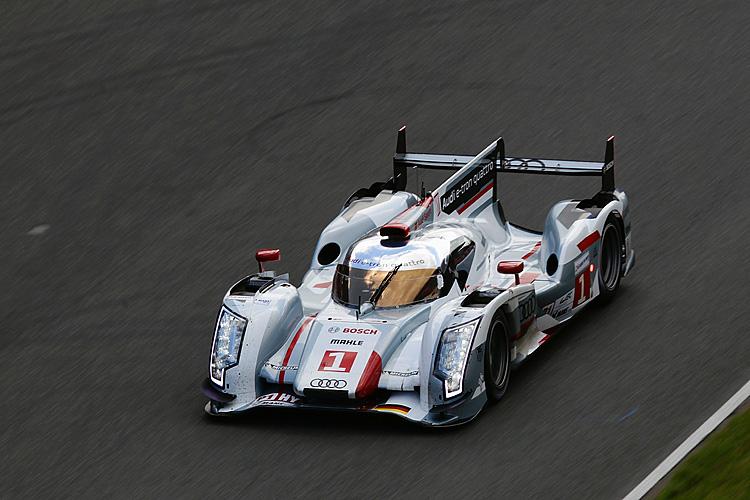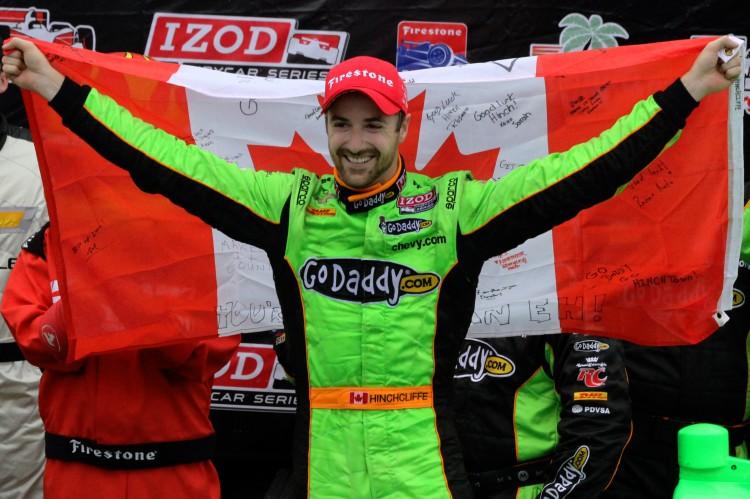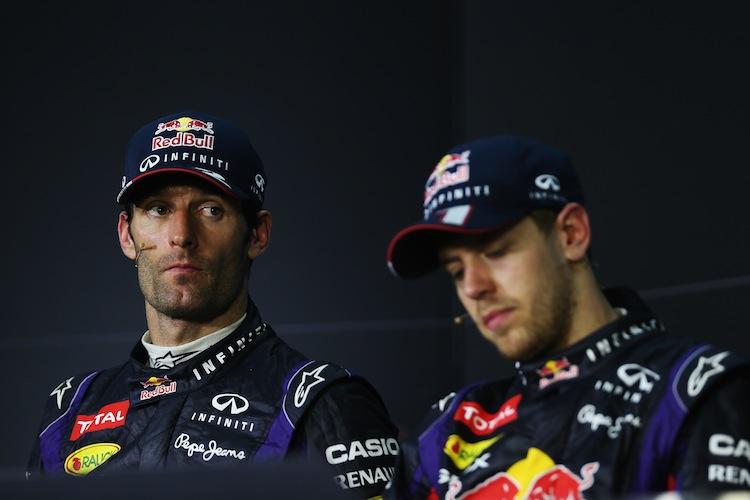As the sun rises over the Circuit de la Sarthe, it illuminates Audi’s overwhelming domination of the world’s most important sports car race.
This is nothing new. Audi has won almost every Le Mans 24 in the 21st century. (In fact, the only races Audi didn’t win went to Bentley, driving what were basically Audi-based Ingolstadt clones driven by Audi factory drivers.)
With Peugeot pulling out of endurance racing just before the start of the season, Audi was left standing alone astride the endurance race world, ruling all it surveyed. The best privateer teams were seconds off the pace, due partly to the rules and partly to the lack of development funds.
Audi was flush with cash. Besides its ultra-expensive Prototype program, it ran the highly successful R8 GT3 customer-car program, which generated ten dozen wins around the world in three years.
2012 seemed to be the Year of the Audi in sports car racing. And Audi’s massive four-car attack on Le Mans—the biggest team it had ever brought—only supported that idea.
Audi is known for running like clockwork: German efficiency personified. For the first 15 hours at Le Mans, the team has lived up to that image. Even when the #3 was brought in with serious front suspension damage, the crew simply stripped off the damaged bits, replaced them, and sent the car back out in an unbelievably short time.
The #2 e-tron hybrid has run like an Audi—no fuss, no muss. Its experienced driver team of Allan McNish, Dindo Capello, and Tom Kristensen, weren’t the fastest but they were perfect in execution.
This car might have held the lead, but unfortunately the safety car split the #1 Audi from the #2—the #2 Audi was two seconds behind the #1 car when the yellow flags waved for the second time; after the safety period was over, the #2 was two minutes behind.
All the Audi problems have been driver errors. Marcel Fässler spun the #1 R18 e-tron quattro hybrid in the Porsche Curves at 14 hours, grazing the wall with the left rear corner. The #1 is the fastest car on course, but the driver team can’t match the experience of the #2 car’s team.
The R18 Ultras had some problems—the #4’s rear suspension loaded up with tire rubber and needed to be cleaned early in the race, and the car got a puncture right after. The #3 had a pair of impacts, one with the tire barrier and one with the #70 Larbre Corvette.
The #4 had no trouble at all after its early issues, and the #3 ran a steady pace despite the time lost in the pits. Through the first half of the race the cars had no mechanical problems.
Toyota is big enough to challenge the German giant, but the Japanese manufacturer, recovering from the global financial crisis and the Japanese earthquake and tsunami, didn’t plan to enter racing seriously until 2013. After the earthquake, Toyota decided that a racing program might help Japan’s national pride, so the factory accelerated plans.
Toyota made a bold and brave effort, and surely exceeded its own expectations. The two Toyota TS030 Hybrids had never turned a wheel in a race prior to the start of the Le Mans 24; the drivers, the crew, and the cars, with their bespoke engines and complicated capacitor-storage hybrid systems, were all unknowns.
All the different systems worked perfectly. The hybrid-gasoline-electric power plants, the untested chassis, the drivers racing for the first time in the cars, the crews, all performed as well as the Audis—in fact one Toyota was in the lead and the other in fourth, ahead of two Audis, when disaster, in the form of a careless GTE-Am driver, struck the #8 Toyota.
The wreck left driver Anthony Davis with two broken vertebrae and Toyota with a single car—but not for long.
Kaz Nakajima, eager to take the wheel of the #7 after a long stint by after Nicolas Lapierre, got overexcited on the restart and wiped out the DeltaWing, doing serious damage to the Toyota as well. The Toyota never ran right after that, repeatedly going to the garage until the team threw in the towel after 11 hours.






